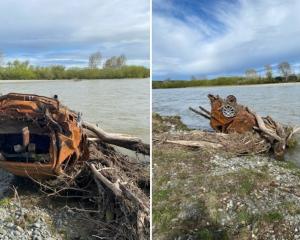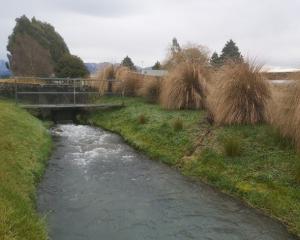
Chilean Flame Creeper was brought into New Zealand as an ornamental plant but has since established itself as a weed, Environment Southland says.
Now the council is exploring its namesake — the Chilean Flame Creeper leaf beetle — as a potential solution to its spread.

“Chilean Flame Creeper is an extremely vigorous creeping weed that smothers native vegetation,” a report prepared for a council committee said.
“In Southland, it is found in many bush reserves and is threatening Rakiura and Fiordland National Parks.”
Because of the harm Chilean Flame Creeper is causing the region, Environment Southland has taken on a special role in championing control measures.
That included sending a staff member to Chile in 2019 for research purposes alongside Manaaki Whenua Landcare Research.
The council will now consult with key stakeholders and apply to the Environmental Protection Authority for assessment of the beetle as an agent.

So far, the council has released a total of 29 agents in the region to attack different pest plants, with five failing to establish and four still being assessed.
The council had not made a financial investment in managing the Chilean Flame Creeper because of how hard it was to control, the report noted.
Another pest plant mentioned in the report is Darwin’s Barberry, which is also causing issues in Southland.
Environment Canterbury is spearheading work on the potential introduction of a weevil and rust fungus to keep on top of that species.
• LDR is local body journalism co-funded by RNZ and NZ On Air












